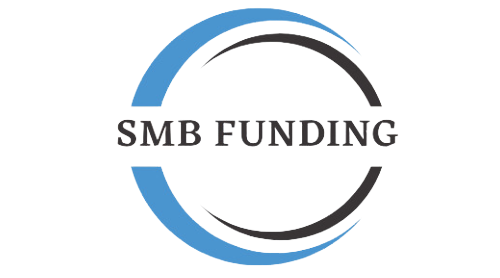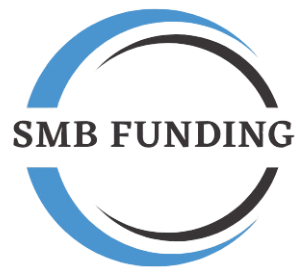13 Cash Flow Strategies for Small Businesses
In this article we discuss about top best 13 Cash Flow Strategies for Small Businesses. Poor cash flow management is the most common reason small businesses fail, and nearly a quarter of business owners report small business cash flow management and payment collection as one of their top three challenges.

Introduction to Cash Flow Strategies for Small Businesses
In this post, we’ll share 13 actionable cash flow management strategies for small businesses, including:
- Making cash flow analysis part of of your regular routine
- Investing in financial management technology
- Sending invoices quickly
- Managing inventory
- Asking for a deposit or milestone payment structure
- Offering discounts for early payment
- Making it as easy as possible for customers to pay
- Asking for longer repayment terms with your vendors
- Paying your bills strategically
- Factoring unpaid invoices
- Selling or leasing unused equipment
- Leasing new equipment instead of buying it
- Considering a line of credit
But before we dig into these cash flow strategies for small businesses, let’s take a moment to review what “cash flow” means and why it’s so important.
Strategies for Small Businesses in 2023
Managing cash flow is crucial for the success and survival of any small business. It will help to focus 13 Cash Flow Strategies for Small Businesses. It ensures the smooth operation of daily activities, payment of expenses, and allows for future growth opportunities.

In this article, we will discuss 13 effective cash flow strategies that small businesses can implement to optimize their financial stability.
Key Cash Flow Challenges Faced by Small Businesses
- Create a Cash Flow Forecast: Develop a comprehensive cash flow forecast by projecting your expected income and expenses over a specific period. This enables you to identify potential cash shortages and take proactive measures to address them.
- Implement Invoicing Best Practices: Invoice promptly and provide clear payment terms to clients. Consider offering incentives for early payments or implementing penalties for late payments to encourage timely settlements.
- Negotiate Favorable Payment Terms: Negotiate longer payment terms with suppliers and request discounts for early payments. This gives you more time to collect revenue while reducing immediate cash outflows.
- Monitor and Control Inventory Levels: Maintain a close eye on inventory levels to avoid overstocking or stockouts. Both scenarios can tie up valuable cash or result in missed sales opportunities.
- Streamline Accounts Receivable: Regularly review your accounts receivable and follow up on overdue payments. Consider utilizing automated systems to streamline the payment collection process.
- Optimize Accounts Payable: Negotiate favorable payment terms with vendors and pay bills strategically to maximize cash flow. Take advantage of discounts for early payments whenever possible.
- Minimize Unnecessary Expenses: Conduct a thorough review of your business expenses and identify areas where you can cut costs without sacrificing quality. Eliminate or reduce unnecessary expenditures to free up cash.
- Leverage Technology: Utilize accounting software and online banking platforms to simplify financial management tasks. These tools can help you track cash flow, automate processes, and generate accurate reports.
- Establish a Cash Reserve: Set aside a cash reserve to cover unexpected expenses or cash flow gaps. This acts as a safety net during challenging times and prevents you from relying solely on credit.
- Diversify Revenue Streams: Reduce reliance on a single source of income by diversifying your revenue streams. Explore new markets, develop additional products or services, or form strategic partnerships to increase cash flow.
- Offer Deposits or Retainers: For long-term projects or services, consider requesting deposits or retainers from clients. This ensures a steady cash inflow throughout the project duration.
- Renegotiate Debt Terms: If you have existing debts, explore the possibility of renegotiating the terms with creditors. This may include extending payment periods or reducing interest rates, providing relief for your cash flow.
- Monitor and Analyze Key Metrics: Regularly track and analyze key financial metrics such as accounts receivable turnover, gross profit margin, and operating cash flow ratio. These insights will help you identify potential issues and make informed decisions.
Key Cash Flow Challenges Faced by Small Businesses
a. Seasonal fluctuations and their impact on cash flow
b. Managing accounts receivable and accounts payable effectively
c. Controlling operating expenses to maintain a healthy cash flow
Effective cash flow management is vital for small businesses to maintain stability and drive growth. By implementing these 13 strategies, you can enhance your cash flow position, minimize financial risks, and ensure a solid foundation for long-term success. Remember, consistent monitoring and adaptability are key to maintaining a healthy cash flow over time.


